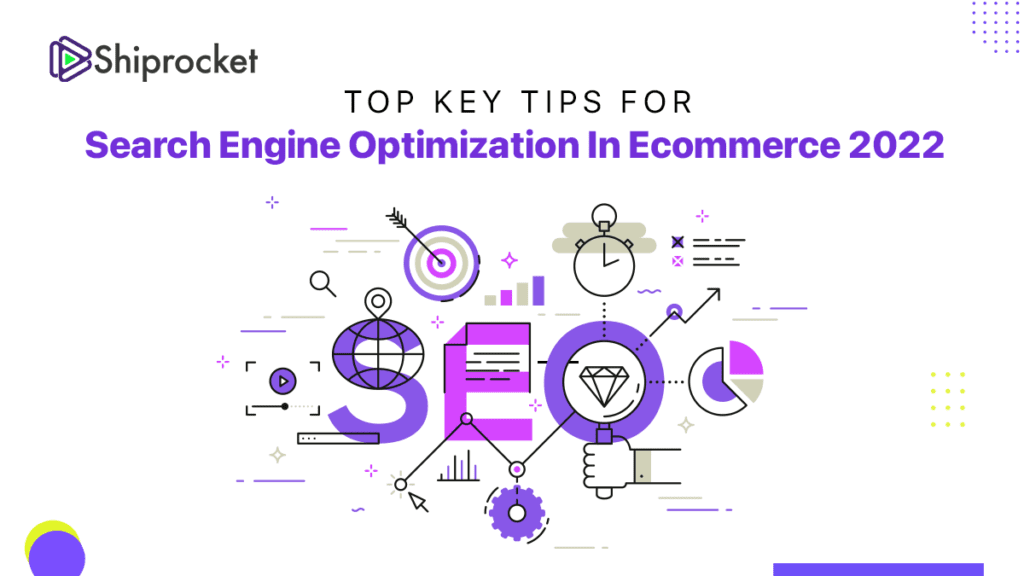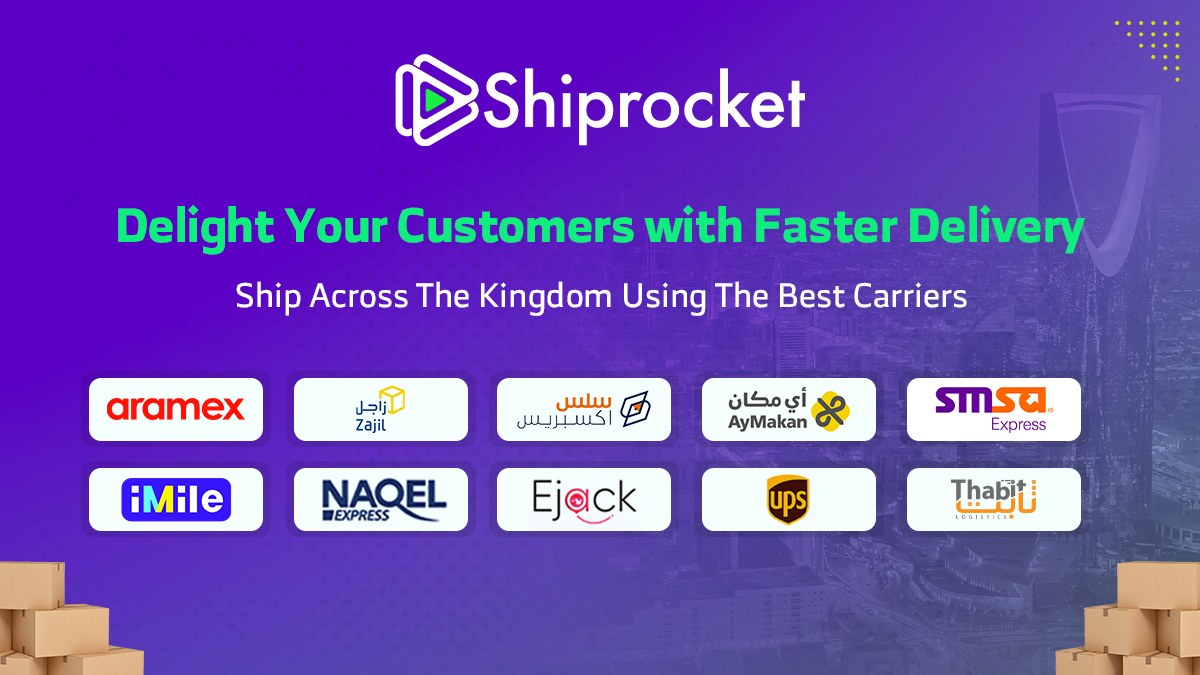eCommerce eCommerce 6 min read
Top Key Tips For Search Engine Optimization In eCommerce 2022
🕒 July 28, 2022 by Reham Omar - 6 min read
Search Engine Optimization (SEO) refers to optimizing your website so that it appears higher in search engine results when people are looking for relevant items or services to your business. These days, people use search engines to find products they can buy. This is where SEO comes in. You optimize your website so that people searching for products can reach you. This article will discuss the importance of SEO for e-commerce and how you can learn SEO to grow your eCommerce business.

Why SEO is Important for eCommerce Businesses
Search engine optimization (SEO) is a critical component of digital marketing since people make trillions of yearly queries online, many of which are commercial. In terms of digital marketing, search is often an essential source of traffic. Increased search engine visibility and rankings can have a significant impact on sales.
For the most part, search results have developed over time to give users more direct answers and information, rather than directing them to other websites.
In general, SEO is a critical component of any comprehensive marketing plan. Your paid and organic adverts, website, and social media accounts can benefit from knowing what your website visitors want.
Standards for the Perfect SEO
There are five factors you need to look at to learn SEO:
Keyword Research
It would help if you did keyword research to find what people are looking for on Google and other search engines. By doing so, you will be able to draw in your intended audience and hold their interest. Improved customer conversion, higher SERP rankings, and more are all possible outcomes of doing keyword research well.
URL Optimization
URLs should be brief and keyword-rich; avoid dynamic URLs. A URL with three to five words gives the website more heft. One of the recommended practices is to include keywords in the URL. Google and other search engines will reward you with a high page rank if you structure your URL correctly.
Meta Tags
In terms of On-Page SEO, meta tags are the most critical component. A meta tag comprises four parts: title, description, keyword list, and robot tag.
Unlike the meta title, which describes or conveys the page’s content to search engines and users, the meta description tells search engines and people about the page’s concepts. Tags such as ‘meta robots’ and ‘meta keywords’ instruct search engines to focus their attention on a specific website page.
Header Tags- on-page SEO
Using HTML Header Tags, we may draw attention to specific keywords on a web page. It explains the page’s topic and helps the user decide whether or not to continue reading it. It also aids in search engine positioning.
Content Optimization
Content is king! Professional content optimization relies on employing certain keywords in very specific areas to send the strongest and highest ranking for the target term. It motivates website owners to achieve the highest possible rankings in search engine results pages (SERPs). It’s crucial to keep in mind the importance of keywords, as well as how frequently they appear in your content.

How to Improve Your SEO
Here are the top tips for learning SEO for E-Commerce:
Find the Right Keywords.
Here’s how you can find the right keywords:
- Start with what you’ve learned. Make a list of your products/services and the terms that relate to them. So, if you’re in the business of selling pet supplies, your list can include terms like ‘toy mice’ or ‘dog food.’ These concepts have a wide range of meanings.
- Make a point of describing what you mean. Getting more particular is what you want to do now. You can’t compete with large companies using generic keywords like ‘dog food.’ Focus on what sets you apart from the competition. For example, you may use phrases like ‘non-GMO puppy food’ or ‘unique, hand-stitched dog tags.’
Focus on Product Descriptions.
Describe your products in a way that entices customers. Product pages should include more than just a list of features and a price. Customers and search engines alike will benefit from a well-written description.
Begin by imagining what information would be most helpful to potential clients. Measurements, ingredients, age ranges, and instructions can all be included in this section, depending on the nature of your products.
Be Strategic with Your Anchor Texts.
Regarding SEO, internal links—links that redirect the visitor to other content on your site—are a must. Using them is a terrific method to help Google comprehend the connections between your pages. But don’t just use terms like “click here” or “check this” when creating these connections. Instead, use appropriate keywords.
For example, don’t say, “click here for the best hand-stitched clothes in the business”. Instead, say, “our list of the best hand-stitched clothes will blow you away!” and hyperlink.
Don’t Forget About Alt Text.
Search engines do not have a way of knowing what’s in your images. This is why you need to insert alt text.
As a commentary for every image, the alt text should ideally have a target keyword and describe the image in detail. You should strive to write the alt text in a way that someone blind or visually impaired can comprehend. Why? People with visual impairments can hear images read via screen readers, which rely on alt text.
Use Google Ads.
Keep in mind the significance of the user’s intention? If you spend a lot of time and money increasing the rank of a particular keyword, you may be attracting people who may not want to buy from you.
When adding keywords, make sure to use quotation marks ” or brackets []. With this, your advertisements only appear when people use keywords that are identical to your target keywords. As long as it’s productive, you can continue operating the campaign until you increase your ranking organically to the top!
Optimize Your Website.
Here’s how you can optimize your website:
- Make sure your photos are well-optimized. Compress media files wherever possible and only use the greatest file size that is necessary.
- You should leverage cache. Visiting your site will see a cached version because it has been saved on their browser.
- You need to limit the number of plugins you have installed. As you add plugins and code, your site will become heavier. Install only what you need, and think about using tools like Jetpack that can do multiple things simultaneously.
- Keep your WordPress, theme, and plugins up-to-date. Updates frequently incorporate faster-loading code. To add to the security and usefulness, it’s essential!
Conclusion
Search Engine Optimization is one of the best ways to increase your website’s organic traffic. SEO is constantly changing, and you will need to continuously work on it to figure out an effective strategy that works for your website. Follow the tips in this article and optimize your website to generate traffic, promote your brand, and increase sales.




